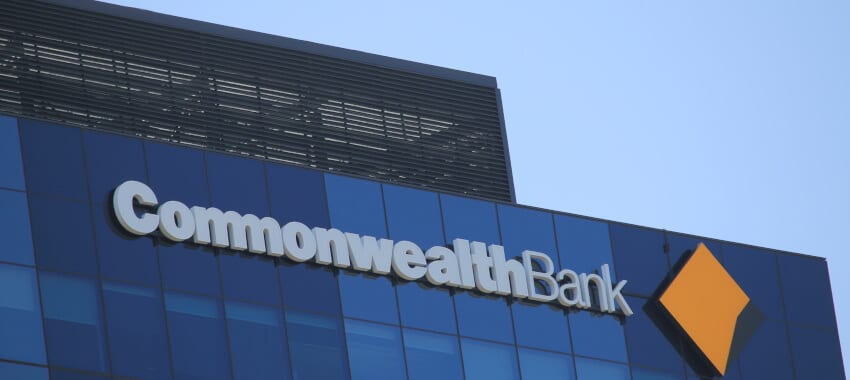
The major bank has reported that new housing lending increased during May.
The Commonwealth Bank of Australia’s (CBA) update into its lending data for May has revealed that new housing lending, excluding refinancing, rose in May following a fall in April.
The bank has found that new mortgage lending picked up by about 10 per cent last month, driven by lending to investors.
The data came after the latest Lending Indicators data released by the Australian Bureau of Statics (ABS) also revealed a 2.9 per cent drop in the value of new housing to 23.3 billion during April 2023, 25.8 per cent lower when compared to the same month last year.
Fixed-rate roll-off
CBA’s update has also revealed that the number and value of fixed-rate loans rolling off low fixed rates on the CBA book began in April, with the bulk of the expiries hitting this month and next.
Indeed, the Reserve Bank of Australia (RBA) has previously estimated that approximately $350 billion of fixed loans, covering over 800,000 loans, are expected to roll off throughout 2023, with the vast majority set to expire between June and September.
CBA in particular is expected to see $54 billion of fixed-rate loans expire between June and December, representing around 11 per cent of its $483 mortgage book, following the $42 billion that already expired in the first six months of 2023.
Around 17 per cent of its $483 billion loans will roll off onto higher rates by December and a further 17 per cent after December 2023.
Lag in rate hikes
The RBA’s rate hikes are also still to affect household cash flows in full, with an on average thee-month lag for variable-rate borrowers, according to CBA.
There are also lags for fixed-rate borrowers of up to a few months, and some of the upwards reset to repayments appearing in the May data, according to the major bank.
This echoes recent findings from National Australia Bank’s (NAB) economics team estimated around 75 bps of previous rate hikes are yet to flow through as rates continue to rise in the near term.
“Prices will likely see further downward pressure following the very large reduction in borrowing power over the past year,” the NAB economics team stated.
[RELATED: The fixed-rate cliff arrives]

